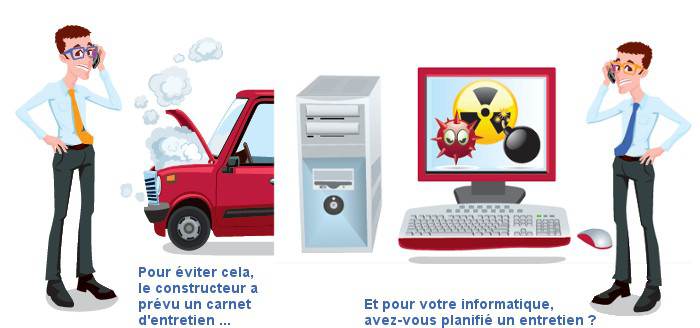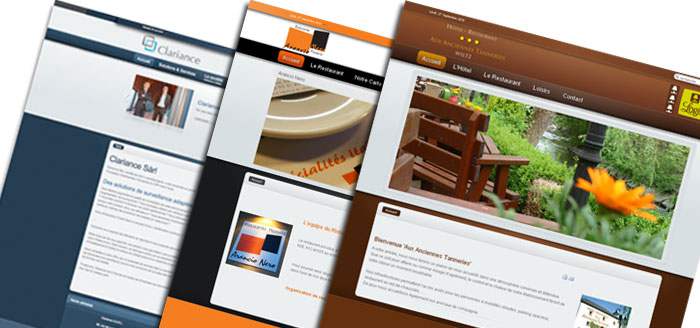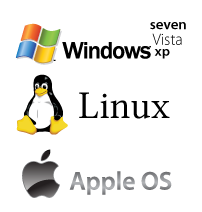A geofence is a predefined boundary on a map. For instance, it could be a two-block radius around a business. When somebody crosses into that area, they could be offered a geo-targeted ad or coupon. The patent also defines a geofence as possibly being “associated with a moving location that is associated with a portable electronic device.” In this case, the geofence is placed around individual users and moves with them. The patent seems to describe practically every mobile app with any kind of geo-trigger, from simple “location-based alerts” to “verifying transactions and tailoring information to the behavior of a user.” The full abstract reads:
Provided herein are methods and systems relating to location-based services such as social networking, providing demographic information, tracking mobile devices, providing business information, providing an adaptable user interface, remotely effecting a change on a portable electronic device, providing a geofence, outputting location-based information on a mobile device, varying transmissions to and from a mobile device, providing location-based alerts, verifying transactions and tailoring information to the behavior of a user.
Where applied for the patent five years ago in 2005, well before the current crop of hot geo startups even existed. It was finally awarded two weeks ago on December 7. At the very least, the patent should give Where some defensive armor against patent trolls and others trying to enforce their own intellectual property in this market.
Where builds mobile apps across every major mobile device platform—including Android, iPhone, and Blackberry—and boasts about 4 million active users a month. The apps show local listings for restaurants, bars, merchants, and events, and recently started to suggest places for you based on your location and past behavior. Doyle thinks the recommendations can act as a “Netflix for places.” The apps work on the principle of showing interesting places nearby, essentially by placing a geofence around the user.
Where is also using some of what the patent describes in its Where Ads, which allow advertisers to show their mobile ads only to people near their store, or perhaps near a competitor’s store (after the user opts in to see these types of ads). Another ad campaign that takes advantage of geofencing is one which tracks the flu index and maps areas where there is a high incidence. Where’s “Deal Alerts” also work on the same principle. Soon, Where will offer the ability to “follow” places and receive messages when you are nearby.
Authors: Erick Schonfeld


















